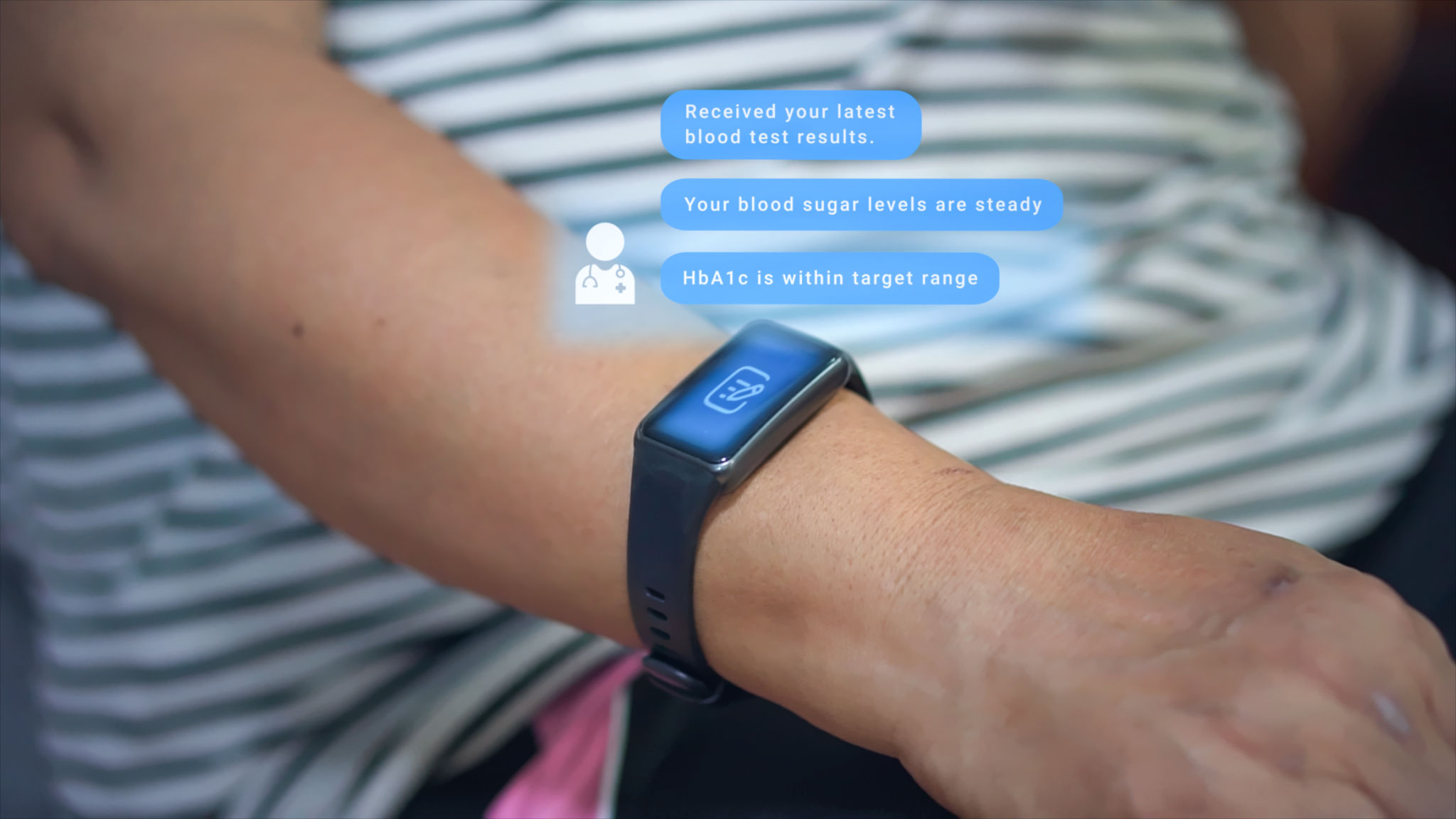Trends in Glucose Monitoring Technology: What’s on the Horizon?
In recent years, the landscape of glucose monitoring technology has undergone significant transformations. These advancements are particularly important for individuals managing diabetes, as they offer more accurate, convenient, and user-friendly solutions. As technology continues to evolve, new trends are emerging that promise to further revolutionize glucose monitoring.
Continuous Glucose Monitoring (CGM) Systems
Continuous Glucose Monitoring (CGM) systems have become a game-changer in diabetes management. Unlike traditional finger-stick tests, CGMs provide real-time data on glucose levels throughout the day and night. These devices use a small sensor inserted under the skin, which measures glucose levels in the interstitial fluid.
One of the key benefits of CGMs is their ability to alert users to high or low glucose levels promptly, allowing for quicker interventions. This feature can significantly reduce the risk of hypoglycemia or hyperglycemia, improving overall health outcomes.

Integration with Smart Devices
The integration of CGMs with smart devices such as smartphones and smartwatches has made glucose monitoring more accessible and convenient. Users can now receive real-time alerts and track their glucose data directly on their phones through dedicated apps. This seamless integration not only enhances user experience but also allows for easier sharing of data with healthcare providers.
Moreover, smart devices can leverage artificial intelligence to analyze glucose trends and predict future fluctuations. This predictive capability enables users to make informed decisions about their diet, exercise, and insulin dosage.
Non-Invasive Monitoring Technologies
One of the most exciting trends on the horizon is the development of non-invasive glucose monitoring technologies. These innovations aim to eliminate the need for finger-pricks or sensor insertions by utilizing alternative methods to measure glucose levels.
Research is currently being conducted on various non-invasive approaches, such as optical sensors that use light to detect glucose levels through the skin. Another promising method involves measuring glucose concentration in sweat or tears.

Wearable Technology
Wearable technology continues to play a pivotal role in the evolution of glucose monitoring. From smart patches to glucose-monitoring watches, these devices offer discreet and continuous tracking of glucose levels. Many wearables are designed to integrate seamlessly into daily life, providing users with comfort and convenience.
The potential of wearables extends beyond mere glucose monitoring. Future iterations may incorporate features such as heart rate monitoring, physical activity tracking, and even hydration levels, offering a comprehensive health management tool.
Artificial Intelligence and Machine Learning
Artificial Intelligence (AI) and Machine Learning (ML) are at the forefront of transforming glucose monitoring technology. These technologies have the potential to enhance data analysis, improve accuracy, and provide personalized insights for users.
By analyzing vast amounts of glucose data, AI algorithms can identify patterns and predict potential complications. This capability enables healthcare providers to tailor treatment plans more effectively and proactively address any issues before they escalate.

The Future of Glucose Monitoring
The future of glucose monitoring technology holds immense promise. As research and development continue to advance, we can expect more innovative solutions that prioritize accuracy, convenience, and user experience. These advancements will not only benefit those managing diabetes but also contribute to the broader field of personalized healthcare.
In conclusion, the trends in glucose monitoring technology are paving the way for a healthier future. With continuous improvements in CGMs, the rise of non-invasive methods, and the integration of AI, individuals will have greater control over their health than ever before.